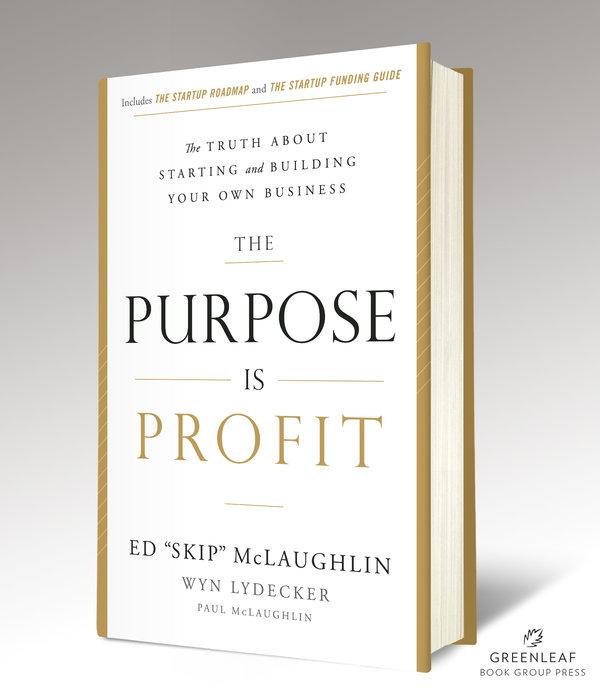By Ed McLaughlin with Wyn Lydecker
Before you start your business, ask yourself: What differentiates your business from the competition? Does your value proposition give you a competitive advantage? You need to have a clear understanding of how your service or product sets you apart. Your competitive advantage can include the timing of your market entry, the market segment you are targeting, any patents you own, or any special reputation you have established.
Based on your competitive research, you should be able to generate a list of your competitors, along with their differentiators. This information will give you a picture of the market and allow you to define your competitive advantage. Make a point of knowing the answers to these questions:
· How does your value proposition set you apart?
· Do you have a sustainable advantage?
· What makes your advantage sustainable?
· Do you have a first mover advantage?
· Are you targeting a unique segment of the market?
· What gives your product the potential to be disruptive?
· What and how high are the barriers to entry?
· How will you protect your interests (intellectual property)?
My company, USI, had a multifaceted competitive advantage. Even though I knew I would be competing with my former employer, Trammell Crow, I intended to go after a different segment of the market. Trammell Crow focused on the Fortune 100, while USI would target the middle of the Fortune 1000. In addition, we had the first-mover advantage with a sustainable, innovative business model: A new way for corporations to manage their real estate portfolios through outsourcing.
Ed McLaughlin is the author of The Purpose Is Profit: The Truth about Starting and Building Your Own Business, along with co-authors Wyn Lydecker and Paul McLaughlin. The Purpose Is Profit (Greenleaf Book Group) is available in bookstores now.

Order The Purpose Is Profit here.
Copyright © 2016 by Ed McLaughlin All rights reserved.
[/fusion_builder_column][/fusion_builder_row][/fusion_builder_container]




Hi Ed and Wyn,
Thanks for providing me with the opportunity to leave a comment.
I greatly enjoyed reading your article and must agree with your emphasis on a competitive advantage. Without providing one you can’t build a business.
Where I diverge from your explanation is how to define the competitive advantage. In my view, your bullet points are more about exploiting the advantage instead of defining it. In my experience, this makes it very challenging for readers to truly think about what their competitive advantage may be. It is sort of like building your home from the second floor up; it isn’t anchored to the ground.
Over my many years in business I have developed a way around this challenge by getting the companies I work with to define their key component, the asset they own or control that gives the business a competitive advantage in the market it operates in. By way of an example I often ask them to consider a parcel of land; some land may have better access to water or sunlight giving it a competitive advantage compared with a neighbor’s parcel. But then you have to factor in what you are growing on the land? Maybe there is a market for a crop that doesn’t like a lot of sunlight making the competitive advantage flip over to the neighbor’s side. Then again, the land may have a mining potential making it better for ore extraction than farming. You get the idea.
The advantage of this approach is that an asset is tangible and easy to conceive of while a competitive advantage is market specific and therefore an idea. In your example, you and your previous employer seem to possess the same key component but the competitive advantage you each have needs to be measured with respect to your markets instead of each other.
Now, all your bullet points can be used with reference to the key component and the competitive advantage it provides the company. How high and robust is the advantage, how do I protect the advantage, how do I express the advantage, how do I sustain it,… so on and so forth.
I hope this helps better illustrate how to define the competitive advantage and then build upon it.
Thanks again for the opportunity to share my insights.
Thanks for your excellent comments.
Thanks for your added insight. Everything you say is true. We actually explore these other aspects of building a business that has a competitive advantage in the course of our upcoming book, “The Purpose Is Profit.” This blog just has snippets of many of the ideas we delve into.